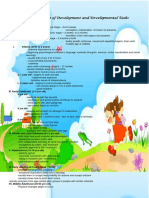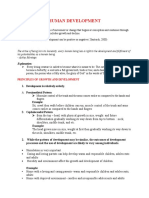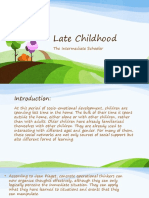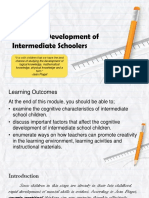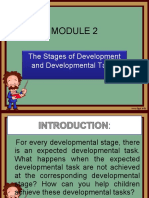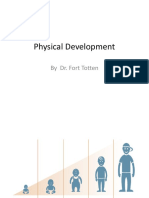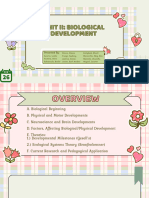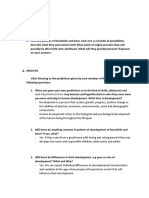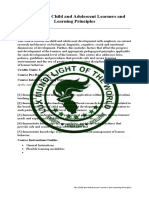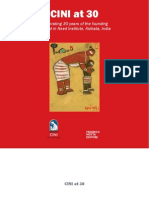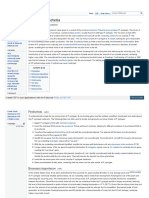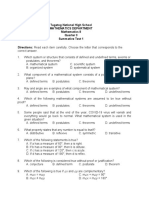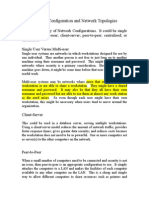100% found this document useful (2 votes)
3K views5 pagesStages of Development and Developmental Tasks
The document outlines 8 stages of human development from pre-natal to late adulthood. Each stage is associated with typical physical, cognitive, social, and emotional developmental tasks. For example, infancy involves extreme dependence on caregivers and the development of language skills and motor coordination. Early childhood sees the development of increased independence and more complex language, social play, and academic skills like reading. The document also discusses Robert Havighurst's concept of developmental tasks, or challenges that must be achieved at each stage for healthy development.
Uploaded by
Abia Anoche ManateCopyright
© © All Rights Reserved
We take content rights seriously. If you suspect this is your content, claim it here.
Available Formats
Download as DOCX, PDF, TXT or read online on Scribd
100% found this document useful (2 votes)
3K views5 pagesStages of Development and Developmental Tasks
The document outlines 8 stages of human development from pre-natal to late adulthood. Each stage is associated with typical physical, cognitive, social, and emotional developmental tasks. For example, infancy involves extreme dependence on caregivers and the development of language skills and motor coordination. Early childhood sees the development of increased independence and more complex language, social play, and academic skills like reading. The document also discusses Robert Havighurst's concept of developmental tasks, or challenges that must be achieved at each stage for healthy development.
Uploaded by
Abia Anoche ManateCopyright
© © All Rights Reserved
We take content rights seriously. If you suspect this is your content, claim it here.
Available Formats
Download as DOCX, PDF, TXT or read online on Scribd
/ 5

